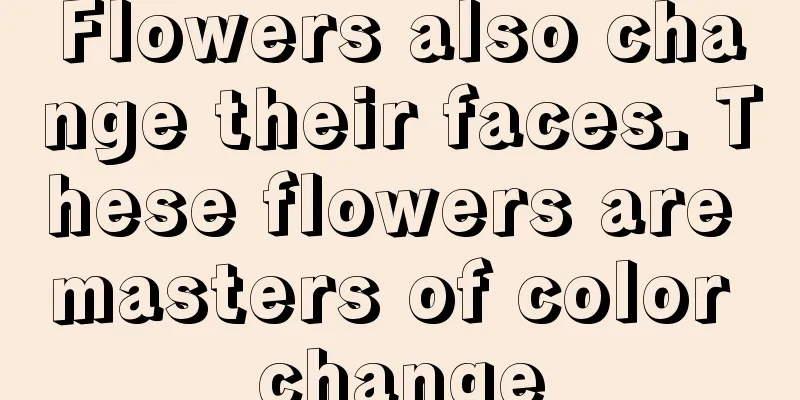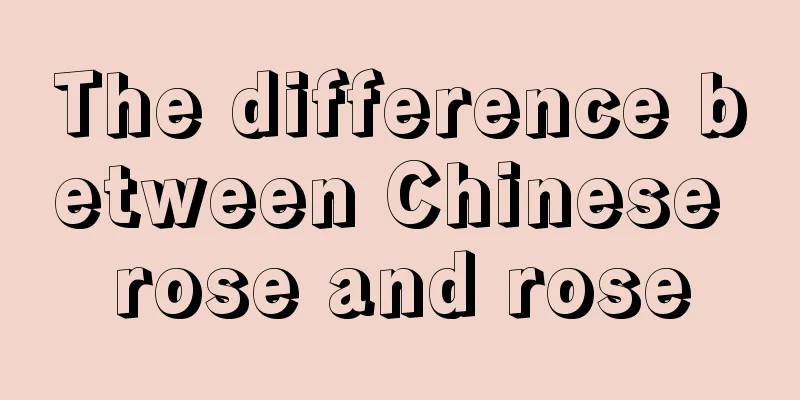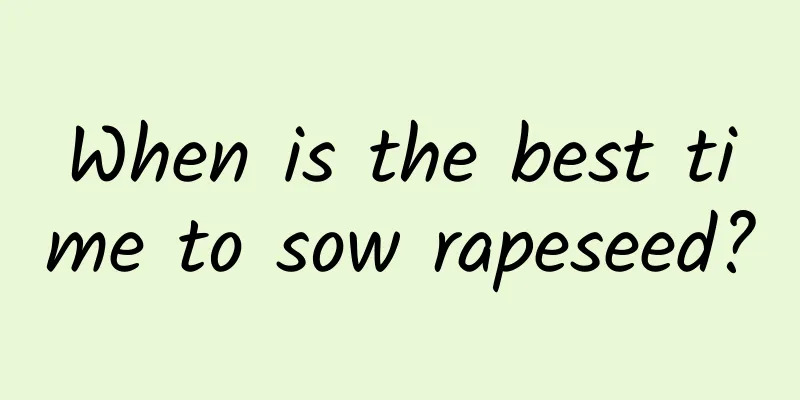Flowers also change their faces. These flowers are masters of color change

honeysuckleSpeaking of honeysuckle, you probably think of flowers that are both golden and silver. In fact, honeysuckle plants often have white and yellow flowers. However, the flowers of honeysuckle are not like this at the beginning. When honeysuckle blooms, white flowers will bloom first. It will turn yellow in a few days. Of course, this process is also gradual. You will find that a branch of honeysuckle often has white and yellow flowers. The reason why honeysuckle changes color is actually for reproduction. The flowers that turn yellow are actually old flowers of a certain age and can be pollinated, so honeysuckle will change color to attract bees for pollination. WeigelaWeigela is also an expert at changing color among flowers. Because the flowers bloom at different times, the branches of Weigela are always colorful, just like a beautiful weigela. Weigela first blooms white flowers in the early stages of flowering. Then it gradually turned pink. Then it turns purple, Usually a branch of Weigela is composed of flowers of various colors, which is extremely beautiful. HydrangeaThe process from hydrangea buds to flowering is a gradual one. Hydrangeas slowly bloom from closed buds. No matter what color they finally become, they will gradually change from green. When the entire large flower ball is fully unfolded, the hydrangea flowers will have their final color. However, hydrangeas sometimes bloom blue flowers and sometimes red flowers. This is mainly controlled by the pigments contained in the hydrangeas themselves. In addition, you can also control the light and salinity of the soil to make the hydrangeas bloom the color you want. QuisqualisWhen the Quisqualis chinensis blooms, its colors change to white, pink, red and purple, and usually the color change is completed within one day, so some people call it - changing colors three times a day. When the flowers of the quince plant first bloom, they are white. The next day it will turn pink. Then it turned red again. Finally the color will turn purple. Just like a chameleon, very interesting. Two-color jasmineBicolor jasmine is also called mandarin duck jasmine. If you grow a pot of bicolor jasmine, it is obvious that the plant will have flowers of both white and purple colors. In fact, when the bicolor jasmine first blooms, its color is lavender. Then it turns bluish white and gradually turns white. The color change of bicolor jasmine is actually related to many factors such as light and temperature. When the flower first blooms, it is purple because of the pigment. After the pigment disappears, it turns white. However, because the flowering time on the same plant is different, the phenomenon of two-color flowers blooming at the same time will occur. |
<<: The difference between Datura and Okra
>>: Why do sunflowers face the sun?
Recommend
Lemon flower soil preparation method
Lemon tree soil requirements The soil for growing...
When is the right time to sow fish?
Fish sowing time The crocodile belongs to the Scr...
She has been growing flowers for 10 years and has never bought a flower pot. With a few simple tricks, she can turn waste into potted plants!
Use abandoned fish tank as flower pot Huahua boug...
What can be used instead of nutrient solution?
1. Fruits, peels, eggshells, etc. (1) Materials: ...
When is the best time to transplant red plums?
Red plum, which we call plum blossom , is one of ...
Can carambola trees be potted?
1. Can be potted Carambola trees can be grown in ...
What is the best fertilizer for Monstera
Monstera Fertilization Time Monstera requires a l...
Open-air strawberry planting and management technology
Strawberries are not only attractive in appearanc...
What are the varieties of peach blossoms? What are the varieties of peach blossoms?
1. White Peach There are two types of white peach...
Environmental conditions and characteristics of the growth of Kapok trees
Environmental conditions and requirements for the...
Four-season maintenance methods of ground lotus
Spring maintenance methods for ground lotus In sp...
The difference between adzuki beans and red beans, which one is better for removing dampness
1. Difference 1. Morphology: The colors of the tw...
Old succulent plants are too expensive! In just 4 steps, the seedling can be turned into an old tree immediately, without spending a penny!
Change to a larger pot to give the succulents eno...
Why don't you plant azaleas at home?
1. Bring bad luck to the family Azaleas will affe...
How to match the colors of roses to make them look good (Rose varieties suitable for garden cultivation)
Rose color matching planting How many people have...









